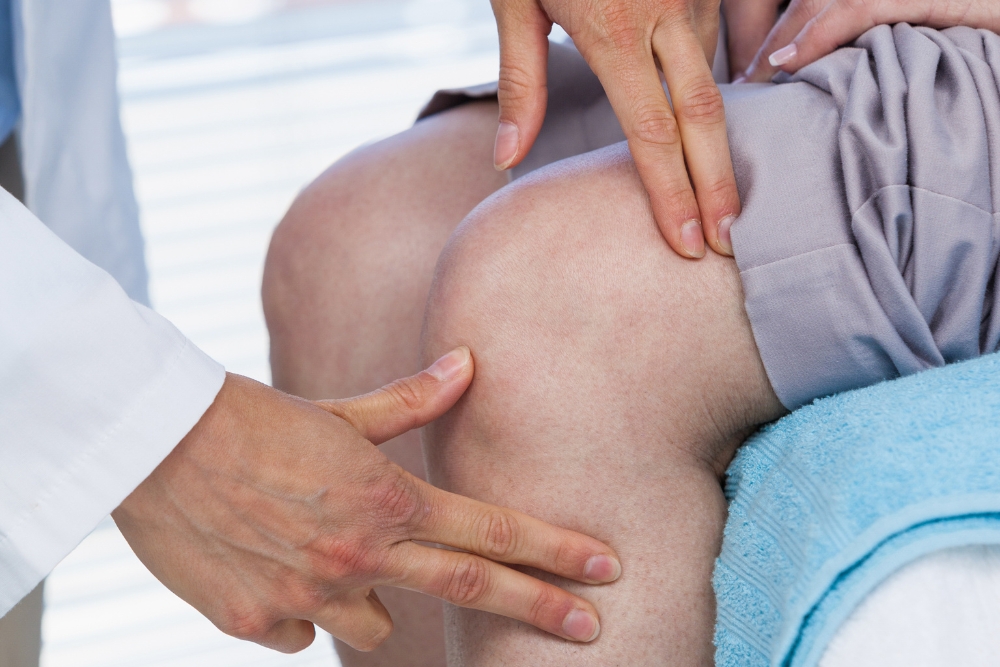Essential Tremor Treatment: Options for Shaky Hands
Essential tremor is a common movement disorder that primarily causes rhythmic shaking, most often affecting the hands but sometimes the head, voice, or legs. Symptoms typically appear during voluntary movement or when maintaining a posture, and severity can range from barely noticeable to significantly disruptive for daily tasks such as writing, eating, or buttoning clothing. Many people seek treatment to reduce tremor amplitude, preserve independence, and improve quality of life.

This article is for informational purposes only and should not be considered medical advice. Please consult a qualified healthcare professional for personalized guidance and treatment.
What causes tremors?
Essential tremor is not fully understood, but research points to dysfunction in brain circuits that control movement rather than damage from stroke or injury. Genetic factors play a role in many cases, and symptoms often begin gradually in adulthood. Tremors usually occur when muscles are active (action tremor) rather than when resting. Identifying triggers—such as caffeine, fatigue, or stress—can help people recognize patterns and discuss targeted strategies with a clinician.
How tremors affect hands
Hands are among the most commonly affected parts of the body in essential tremor, producing visible shaking during tasks that require precision. This can make everyday activities like drinking from a cup, using utensils, or typing difficult. Occupational therapists can assess hand function and recommend adaptive techniques or devices, such as weighted utensils and stabilizing wrist supports, to make tasks safer and more manageable. Small environmental adjustments often reduce frustration and preserve independence.
Why do shaky hands occur?
Shaky hands in essential tremor are typically an action or postural tremor, meaning they appear when a person moves or holds a position. The tremor’s frequency and amplitude can vary and often increase with anxiety, exertion, or certain medications. A careful medical history and neurological exam help distinguish essential tremor from other causes, such as Parkinson’s disease or medication side effects. Accurate diagnosis supports choosing the most appropriate management plan and avoiding unnecessary treatments.
Medical treatments for essential tremor
Medical options often start with oral medications. Beta-blockers like propranolol and anticonvulsants like primidone are commonly prescribed and can reduce tremor amplitude for many patients. Other medications—such as gabapentin, topiramate, or benzodiazepines—may be considered based on individual response and side effect profiles. For more severe or medication-resistant cases, procedures including deep brain stimulation (DBS) or focused ultrasound thalamotomy may be options. Each treatment carries potential benefits and risks, so decisions are made with a neurologist experienced in movement disorders.
Nervous system and essential tremor
The nervous system components implicated in essential tremor include brain regions involved in motor control, particularly the cerebellum and its connections to the thalamus and motor cortex. Abnormal rhythmic activity within these networks is thought to generate the tremor. Understanding this neurobiology has guided both pharmacologic approaches and surgical targets—DBS, for instance, modulates activity in specific thalamic nuclei to reduce tremor. Ongoing research continues to refine our knowledge and improve treatments.
Managing tremors with therapy and local services
Nonpharmacologic management often helps alongside medical care. Occupational therapy focuses on adaptive strategies and devices to improve function, while physical therapy can address balance and coordination. Local services such as community clinics, movement disorder centers, or support groups in your area can provide assessments, training, and peer support. Speech therapy may help if the voice is affected. Collaboration among neurologists, therapists, and local services helps create a practical, individualized plan that addresses both symptoms and daily living needs.
Conclusion
Essential tremor treatment is tailored to symptom severity, personal needs, and response to therapy. Options range from lifestyle changes and assistive devices to medications and, when needed, targeted procedures such as deep brain stimulation or focused ultrasound. Care decisions are best made with input from qualified medical professionals and rehabilitation specialists who can balance expected benefits and potential risks. Continuous follow-up allows strategies to be adjusted as symptoms change over time.






